De Roode Vennen is a nature oriented estate, which means that its land and treatment of its land is solely based on the wellbeing of flora and fauna. As such, those who invest in nature oriented estates are responsible stewards of the flora and fauna on their estate. This can mean everything from converting land that was previously developed into open space or wetlands, ceasing the application of fertilizers and pesticides, or any number of other environmental best practice activities.
Property within an estate and particularly nature oriented estates are often held by an LLC. An LLC is a limited liability company, a hybrid business entity that has some characteristics of a corporation but elects to be taxed as a pass-through entity. LLCs are typically preferred for the ownership of properties because properties are considered “passive assets.” This means that they are not actively involved in a business and simply generate income via someone else’s labor. By holding the property in an LLC, the holder can prevent the seizure of personal assets by creditors associated with income provided by the property. Unfortunately LLCs are treated differently from corporations in that they are also subject to taxes as pass-throughs. This means that the income generated by the property held within an LLC is interpreted as income received by the owners of the LLC (the members). LLCs have different tax rates depending on the state they are formed in, this article will focus on the most common tax rates applied to LLCs namely in Delaware, Texas, and Florida. In all of these states LLCs are pass-through entities, meaning the entity does not pay the taxes associated with the income it generates, instead the members receive the income generated by the entity and are taxed based on that income. The majority of LLCs are taxed at the personal income tax levels of the members, which vary by state. Delaware, Texas and Florida all have different personal income tax levels. By transferring property ownership from a LLC to an individual member, the individual will receive the income generated by the property directly rather than through the LLC. This can mean that the member will be taxed at a higher rate as their transfer income is considered to be income received from both the property and the LLC.
Nature estates are actively managed by their owners, and therefore qualify as an active business. This means that if a transfer occurs from LLC to individual where the property is in a nature estate, that an LLC will avoid much of the taxes otherwise associated with pass-throughs. Generally, if the owner of the LLC is involved in managing the property, defining if an LLC is a business is relatively straightforward. For nature estates the management of flora and fauna is actively done by employees, not the members of the LLC. This means that the members are not actively managing the property. It is recommended to populate nature estates with individuals who manage the property and are members of the LLC. This way the estate management will remain tax efficient even with individual transfers.
The management of a nature estate can be extremely important for its success. However, if the tax efficiency of a nature estate is not considered under LLC ownership the estate can be worse off than before. When restructuring ownership of a nature estate there is an opportunity to adjust the type of ownership to make it more tax efficient. In Florida for example individuals are allowed to hold property in a Qualified Family Owned Business under 193.603. This allows them to avoid estate taxes associated with the property. This is beneficial for estates because they do not have to pay estate taxes upon sale of the property, and the land can be left undisturbed for long periods of time. If a person is actively managing the property and is considered a business holding, the property value and taxes associated with a sale can be extremely low. Essentially any potential tax consequence can be avoided if the type of holding is handled properly.
The above mentioned tax strategies, if used, can help avoid an array of property taxes not just for estate management purposes but for the estate itself. This can simplify the finances of the estate considerably. However, there can be consequences to not handling a transfer from LLC to individual properly. If the members are not actively managing the estate, and own a substantial share of the property there may still be some taxes owed. Furthermore, if the steps are not taken to ensure that all tax consequences are accounted for, the estate can become more difficult to manage as the LLC has fewer passive assets and cannot be sold without tax consequence. In these cases asset forfeiture from a potentially unruly member can prevent the other members from being able to sell any assets of the LLC. Requiring the estate to continue to exist while generating no revenue.
As the above scenarios demonstrate there are a lot of things to consider before deciding to transfer property from an LLC to an individual. The extent to which those decisions can be made with the help of a professional should be explored. More specifically, the link provided at the beginning and end of this article, lists a variety of tax consequences property owners can face during a transfer, and was produced by and can be found on the Stuff I Make My Husband website. The website is referenced in this article for two reasons, firstly it provides relevant and updated information surrounding the tax restructuring of estates. This means that, in a state where this type of ownership is allowed, the reader can determine how tax efficient the estate can be in future holds. Alternatively, if the estate does not suit the requirements for a family owned business, the individual can gain an understanding of the tax consequences they may face. The second reason for this link is that the content of the linked article is not only a concise list of the types and rates of taxes allowed, but it is also easy to read and understand. This minimizes the level of professional help required by the reader to understand how the information in the article can affect them in the future.

